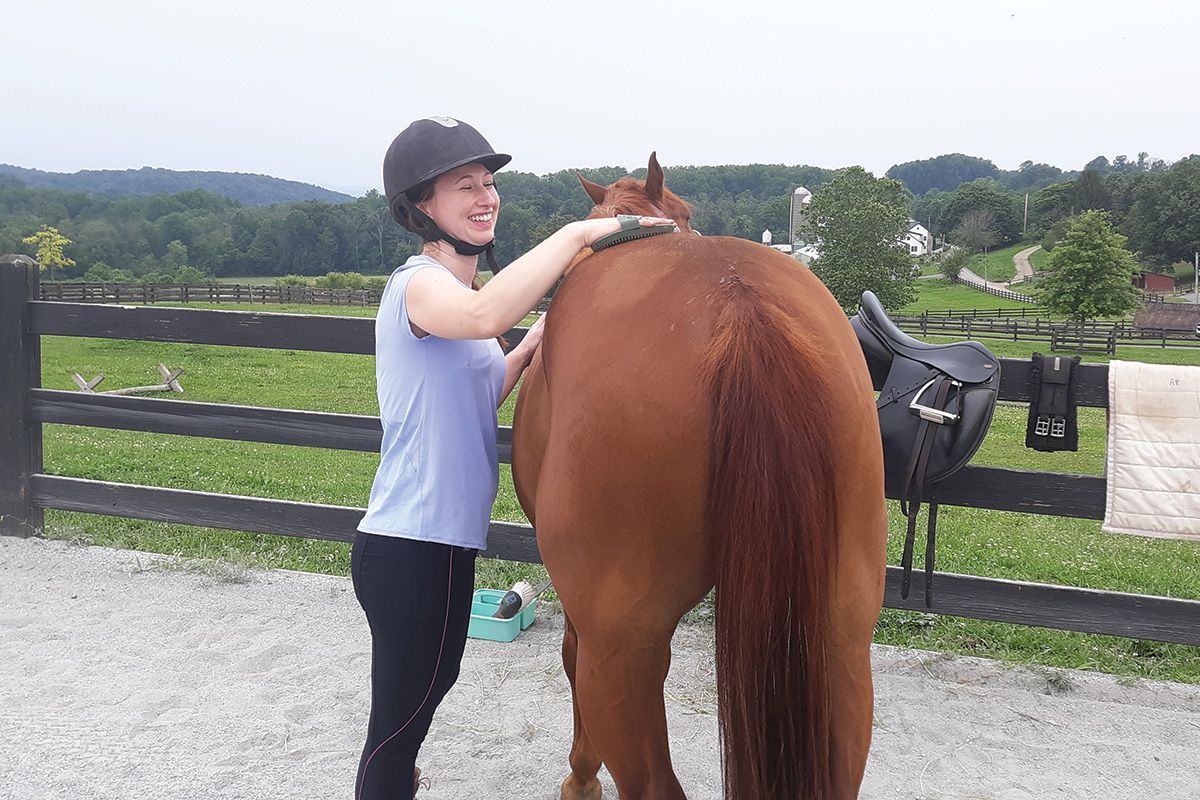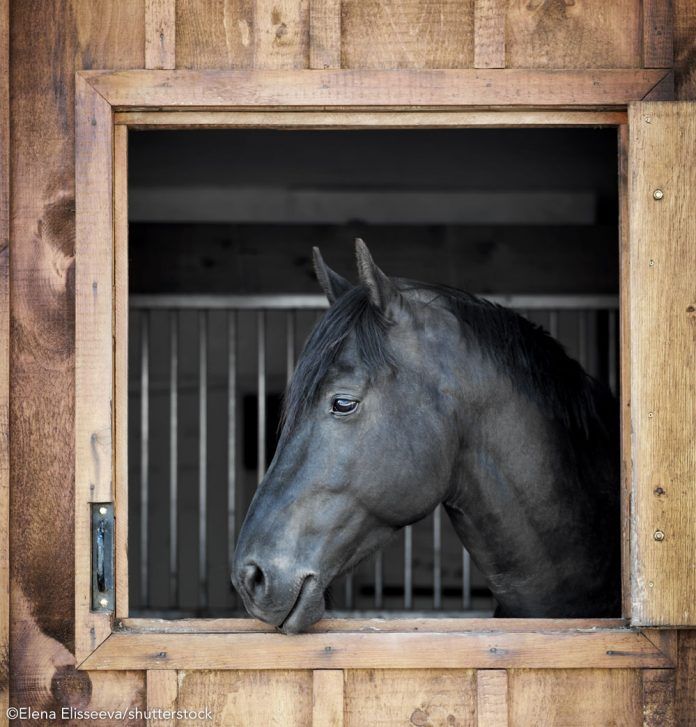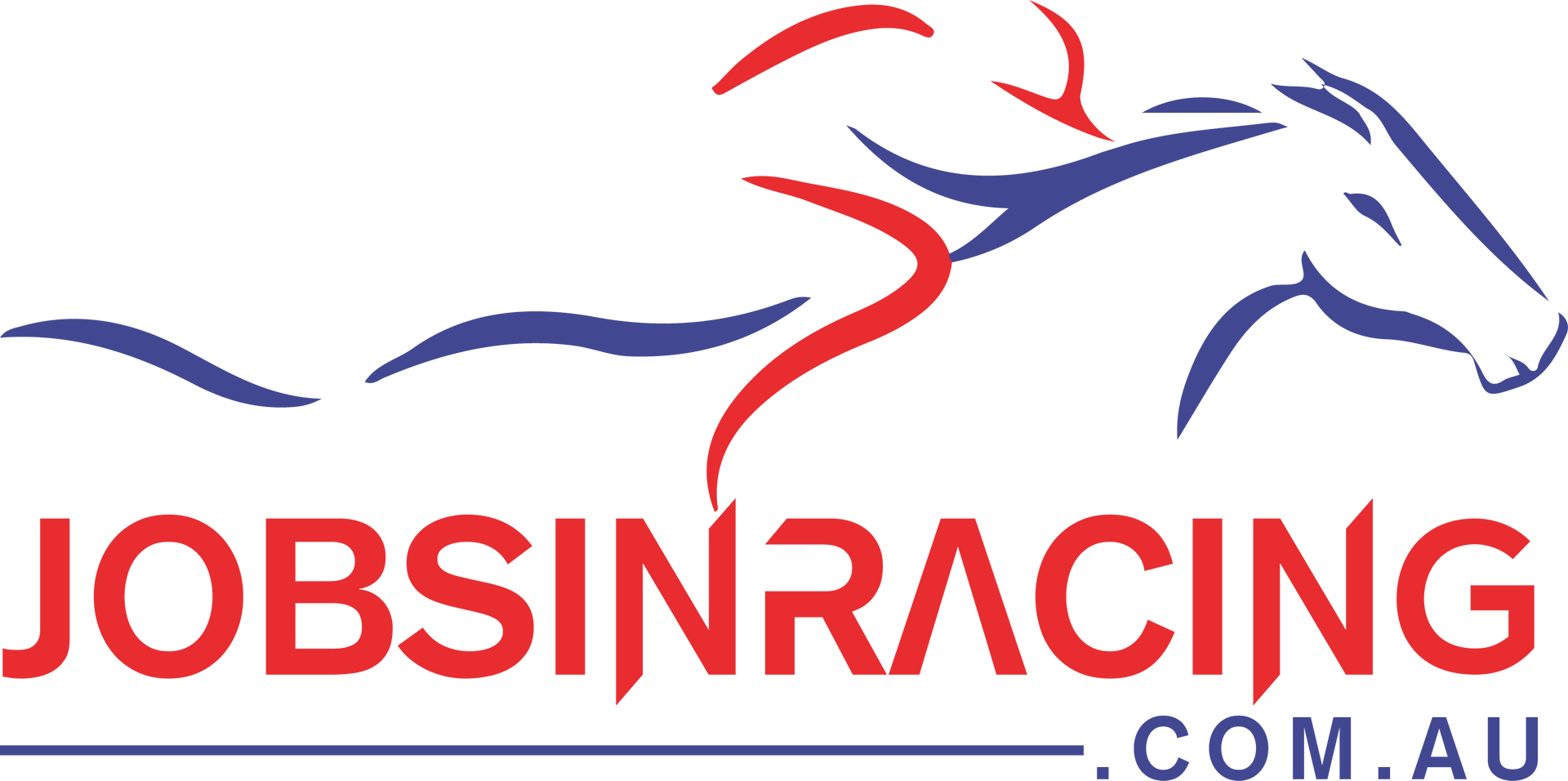What is a ‘Serviceably Sound’ Horse?
Being ‘serviceably sound’ is important for any horse to do his job comfortably. Learn more about the concept of the serviceably sound horse and what it means to professionals across the equine industry.
The Trainer
“A horse is considered serviceably sound when the horse is sound and comfortable performing at the intended use of the owner and riders.” —Maryann Davis
Before owners consult their veterinarians or farriers for horse advice, they often look first to their trainers. Horse trainers and riding program instructors are the lifeblood of the equine industry. Maryann Davis is no exception. She and her daughter Sally operate Hilltop Equestrian Center, a full-service multidiscipline boarding and training facility in Somersworth, New Hampshire. They also manage a very successful lesson program and show schedule. Davis has been in the business for decades and often helps her clients find horses that will suit their needs.
“The horse’s job or purpose dictates the entire plan for success in their maintenance at our farm,” says Davis. Her lesson program is extensive, ranging from beginner and children’s lessons to advanced instruction in dressage and jumping. “As our spectrum is broad, we have actually set up individual maintenance programs for each horse.” These packages include personalized dietary supplementation, tack fit, and supportive therapies.
Davis classifies each horse and its level of soundness by its job. “Our lower-level lesson program demands a lot, and our horses may do eight to 12 lessons per week,” she says. Of course, not all mounts are cut out for an extensive lesson program. Davis looks for horses with the right conformation to endure lessons, even if just at the walk and trot.
“Conformation must correlate with the intended use,” she says. “As our lesson program has a large population of beginner horses, we tend to look for the sturdier-built horses.”
These horses must have proper limb alignment, no obvious health deficits, and be sound enough to keep up with a busy workload.
Davis says the advanced horses at Hilltop Equestrian Center are in regular work, with their riders taking part in four to six lessons per week that are more demanding and require higher levels of physical fitness and ability. These horses are athletes and compete on a regular basis throughout New England and South Carolina, and the lesson programs are customized to maintain the horses’ performance. Davis says the upper-level horses often benefit from regular soundness exams, more frequent shoeing cycles and joint therapies such as polysulfated glycosaminoglycan (Adequan), hyaluronate sodium (Legend), or corticosteroid injections to remain sound in their jobs.
The Farrier
“A serviceably sounds horse is one that is experiencing no acute/significant pain while performing its job.”—Ben Fitzpatrick
When it comes to soundness, farriers are often the horse’s first line of defense. They see your mounts on a regular schedule, typically more frequently than your veterinarian. Your farrier might be the first equine professional to assess your horse for any lameness he might have.
Ben Fitzpatrick, owner of Fitz’s Forge, provides farrier services to everything from backyard ponies to upper-level eventers in Southern Maine. He says a horse’s discipline and workload are very important factors in determining serviceable soundness. Fitzpatrick takes this into account during each trim and shoeing.
For the pasture pet, he ensures the animal can “happily walk to his hay feeder or grazing area, then back to the stall without any signs of discomfort.” The lesson horse should also have “no signs of pain at the walk, trot, or canter,” he says. “This animal could, however, become sore or lame when worked too hard or worked too many days in a row.”
Expectations for soundness are highest for sport horses, who “should be able to perform their work just as any human athlete,” says Fitzpatrick. “Training and working hard five or six days a week but not overdoing.”
So what goes into keeping these horses sound? “A horse’s conformation plays a huge role in its usability and longevity,” says Fitzpatrick. Always consider it when making decisions ranging from the tack he wears to the job he does.
“As a farrier I do my best to balance the fetlock and below and provide support for the digit,” he adds, by way of the degree of trim, type of shoe, and additional hoof packing or wedges to support certain structures.
“I treat most all of my trims with the same approach,” Fitzpatrick says. “It is in the shoe that I can make modifications and move support around to help my athletes get proper traction, clean gaits, and proper surface area, helping them to stay on top of their substrate.
“Another influence farriers have is concussion,” he continues. “We can dampen concussive forces by using different pads for shock absorption as well as thicker or thinner shoes to allow them to ‘float’ or ‘sink’ into their substrate.”
How much it will cost to keep your horse serviceably sound depends on his job and hoof care requirements.
“Multiple factors play into it, but much of it depends on the trim and shoe job your horse needs,” Fitzpatrick says. Trims for a lesson horse, for instance, are normally much less expensive than aluminum shoes for a show hunter. Hoof care costs also increase if the horse is battling a lameness issue, due to special shoeing regimens or more visits from the farrier.
In this scenario, “you need a team of the veterinarian, farrier, and trainer all collaborating,” says Fitzpatrick. “The best therapeutic cases I work on see me every four weeks and the vet almost as often, at least until we can get them back to serviceably sound.”
The General Practitioner
“A serviceably sound horse is fully capable of doing his job despite showing signs of being lame (or not perfectly sound) or other signs of unsoundness.” —Jennifer Safford, DVM
Jennifer Safford, DVM, is a third-generation veterinarian. She grew up in the industry and is a general practitioner at the Equine Clinic at OakenCroft, outside Albany, New York. A large percentage of her clientele owns pleasure horses or manages a lesson program. She says she regularly finds herself working on serviceably sound horses.
“Finding the perfect lesson horse that is 100% sound and also has the temperament to be used multiple times a day for a multitude of different riders is nearly impossible,” says Safford. “Many of my clients, therefore, must compromise in some fashion, and they will often use a horse that is not perfectly sound.”
Veterinarians might set about maintaining the serviceably sound horse differently than other professionals. “You must address their overall health,” she says, using a systemic approach that includes diet, dental care, respiratory and lameness exams, and tack fit. The average serviceably sound horse will likely also benefit from medications such as non-steroidal anti-inflammatories, muscle relaxants, and joint therapies, as needed.
When a horse doesn’t have to be sound for a three-day event or a rodeo, rest and relaxation can do his body wonders. “Being in the Northeast, we sometimes also have the option of letting these horses rest for a portion of the winter,” says Safford. “Perhaps you pull their shoes, turn them out, and let them have a vacation.” Time off can be beneficial for many injuries, especially those affecting soft tissues.
Safford is also a proponent of changing a horse’s work to better suit his performance abilities. “Occasionally, we will suggest a change in the horse’s job—perhaps they transition from jumping 2 foot to doing (flat work), or we go from a 5-mile ride with lots of trotting to a 1-mile ride with more walking,” she explains. These simple changes not only help horses feel better but can also make it possible to maintain them longer.
Age, of course, often plays a role in soundness. Safford stresses the importance of monitoring geriatric horses for signs of metabolic disease, dental problems, and advancing arthritis. “I find that if you can keep your older horses moving (perhaps in a paddock with a run-in shed rather than a stall), then they are often capable and willing to continue working.”
Finally, as Davis and Fitzpatrick pointed out, conformation can be a limiting factor in a horse’s soundness. “We need to remember that conformation and the way all the parts fit together within the horse in question also affect how the horse moves,” says Safford.
Anatomical defects such as poorly angled limbs, locking stifles, and club feet can all affect soundness in different ways. “Realistically though, by the time most horses are becoming (riding) horses, we cannot change how they are built,” Safford says. “Looking at their conformation and balance prior to the purchase of the horse, however, may allow you to anticipate what that horse will need to stay sound and comfortable in its job.”
The Sports Medicine Fellow
“A horse that can perform an intended use comfortably without deteriorating due to what is required is a serviceably sound horse. The details of each situation vary greatly based on multiple factors, including competition level, frequency of exercise, preparation effort/repetition required during training, rider ability, conformation, and horse personality.” —Christine Machin, DVM
Christine Machin, DVM, is a sports medicine fellow who has focused her career on the performance horse. Currently an associate veterinarian at Atlantic Equine Services, headquartered in Dover, New Hampshire, she travels up and down the Eastern United States seeing advanced lameness cases. Her clientele is composed primarily of equestrians that compete at international levels. Competition is a very important part of their lives; they are the backbone of the sport horse industry. When these horses come up lame, Machin approaches them differently than she would an amateur’s lower-level dressage mount, for instance.
“Many of the horses I care for are true professional athletes, and long periods of stall rest are not only unsatisfying for an owner but can also be contraindicated for many reasons,” she explains. “Significant stall rest that may be successful for the general practice horse can create excess scar tissue that will permanently inhibit the top-level horse, not only limiting their performance but also putting them at increased risk of repetitive injury.”
To prevent impaired performance and chronic injuries, Machin employs a number of therapeutic tools and procedures such as laser and shock wave therapy, functional electrical stimulation, and biologic treatments such as interleukin-1 receptor antagonist protein, platelet-rich plasma, and autologous protein solution.
While these cutting-edge technologies can drastically improve equine function and rehabilitation, she says, they can be out of some owners’ price range. Regardless of the type of horse, says Machin, the most effective way to reduce costs and return a horse to performance “is a combination of prevention and having the right diagnosis as soon as possible.” One of her favorite prevention methods is the prepurchase exam, which helps her identify any potential soundness issues before an individual buys a horse.
“I try to identify what the horse needs to maintain or advance in their career at our very first interaction,” she says. “For example, if a neck or back issue is present, I often recommend a sequence of daily carrot stretches or topline kinesiotherapy after exercise to help maintain the range of motion. This investment is free and hopefully maintains the horse without intervention for an extended period.”
Elite athletes specialize in different disciplines, which stress different aspects of a horse’s anatomy, and “any repetitive stress on one area of the horse can make it predisposed to injury,” says Machin. “Jumpers that repetitively land off of high fences may be more prone to front limb injury as they absorb the shock of impact. A dressage horse performing upper-level collection and utilizing their haunches may be prone to injury of the hind-limb suspensory ligaments. Barrel racers constantly taking tight turns may be more likely to develop stifle injuries.”
Machin takes this and all other factors into account when assessing her patients for soundness. “It is the sport horse veterinarian’s job to consider all contributing factors, but most importantly to perform a thorough physical and dynamic exam.”
Take-Home Message
Each horse has a purpose, whether it be going over 5-foot jumps, casual trail riding, or standing in a pasture. Being serviceably sound is important for any horse to do his job comfortably. Preventive work and a team approach are the best methods to ensure your horse has the highest chance of serviceable soundness for years to come.
Source: https://thehorse.com/195382/what-is-a-serviceably-sound-horse/


